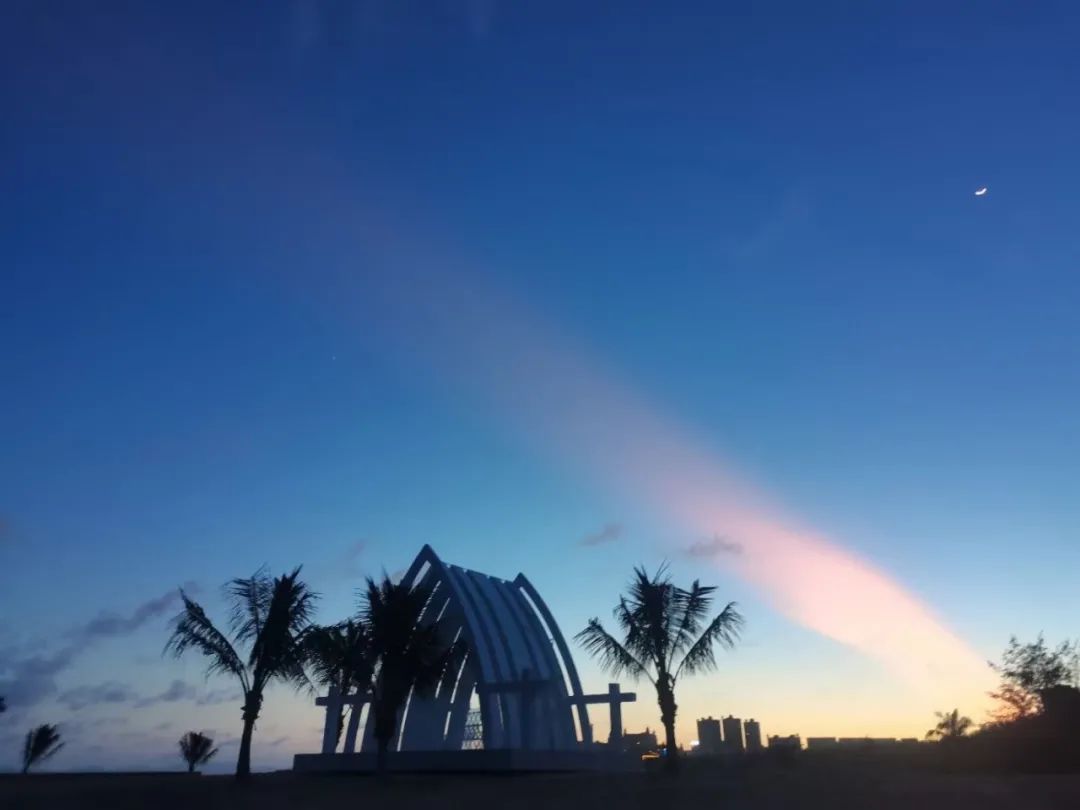Daily Learning
March 8, 2022
❤❤❤

❤
Interpretation of “Xue Shengbai’s Discussion on Damp-Heat Syndrome”
[Original Text]
Damp-Heat Syndrome: Initially presents with aversion to cold, later only heat without cold, sweating, chest fullness, white tongue coating, thirst without desire to drink. (1)
[Interpretation]
This passage discusses the clinical manifestations of the initial stage of Damp-Heat Syndrome. According to Xue Shengbai’s own annotations, this is an outline of Damp-Heat Syndrome. Regarding the etiology of Damp-Heat Syndrome, Xue states: “Taiyin internal injury, dampness and phlegm accumulation, external pathogens re-entering, internal and external interacting, hence the disease of Damp-Heat.” This means that individuals with pre-existing internal dampness in the spleen are more susceptible to developing Damp-Heat Syndrome when exposed to external damp-heat pathogens. It can be seen that Damp-Heat Syndrome often initially centers around the spleen and stomach. The primary symptom of initial onset is aversion to cold, as the dampness obstructs the flow of Qi, causing the defensive Yang Qi to be constrained and unable to reach the surface, resulting in a lack of warmth at the skin level. However, dampness is a Yin pathogen, heavy and turbid, thus in addition to aversion to cold, initial symptoms also include heaviness and fatigue in the limbs, and muscle soreness. The characteristic is aversion to cold with heavy body pain, with a prominent symptom of a feeling of heaviness, which differs from the aversion to cold and body pain seen in the initial stages of a cold. Clinically, this should be carefully differentiated. As the condition progresses, damp-heat accumulates and the heat gradually increases while aversion to cold disappears, presenting as “only heat without cold,” or even a reversal to aversion to heat. When heat steams dampness, sweating occurs, but the characteristic is that the sweat is scant and sticky. Due to dampness obstructing the flow of Qi, “chest fullness” is a common symptom. In the initial stage of Damp-Heat Syndrome, heat is trapped within the dampness, and the heat is constrained internally and cannot break out, hence a white and greasy tongue coating is often observed. If the condition further develops, with damp-heat steaming together, the heat pathogen may break out, leading to a yellow and greasy tongue coating. Dampness obstructs the flow of Qi, causing poor transformation and transportation of fluids, leading to “thirst,” but since the fluids are not damaged and dampness is retained internally, the person may feel thirsty but does not desire to drink water.
-dreamland-

Image and text editing by/Chen Kexun
Responsible review/Wang Ling
Affiliated Hospital of Changchun University of Traditional Chinese Medicine
Produced by the Practical Training Center

